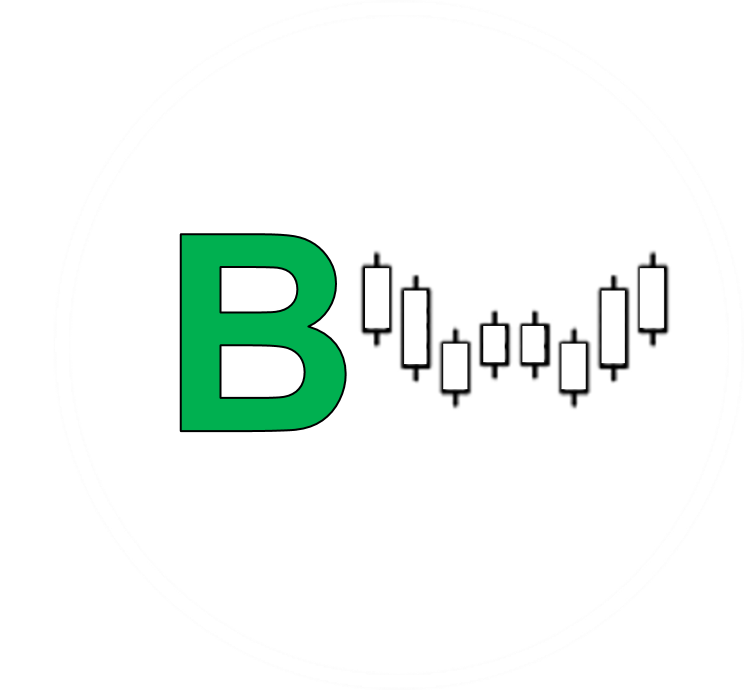A 401k is a type of retirement savings account that is offered by many employers in the United States. Investing in a 401k can be a great way to save for your retirement, but it can also be confusing if you don't understand the basics. In this blog post, we will discuss the basics of investing in a 401k, including what a 401k is, how it works, and how to get started.
What is a 401k?
A 401k is a retirement savings account that is offered by many employers in the United States. The account is named after the section of the U.S. Internal Revenue Code (IRC) that governs it, and it allows employees to save a portion of their pre-tax income for retirement. This means that the money you contribute to your 401k is not subject to federal income tax until you withdraw it, which can be a significant tax savings. It’s important to note that you can also choose a Roth option to contribute post-tax income, something I will cover more below.
For 2023, the maximum employee contribution is $22,500. An additional $7,500 is allowed for those 50 or older.
How does a 401k work?
When you sign up for a 401k, you will typically be given a list of investment options to choose from. These options may include stocks, bonds, and mutual funds, among others. Some of the financial jargon you will see after logging into your 401k provider may include:
Target Date/Target Retire
Stable Value/Capital Preservation (similar to cash)
S&P 500 Index (tracks overall market)
Small Cap
Growth
International
If you feel confused, don’t sweat it because that is normal. Most 401k providers don’t make the process of understanding how to setup and use your 401k correctly.
You will have to decide how much money you want to contribute to your 401k each paycheck, and your employer will deduct that amount from your paycheck before taxes are taken out, or if you choose the Roth option your contributions will be after taxes are taken out.
Your contributions will be invested in the investment options you have chosen, and your account balance will grow over time as your investments grow. Many employers also offer a matching contribution, which means that they will contribute a certain percentage of your salary to your 401k as well.
When you reach retirement age, you can begin to withdraw money from your 401k. The money you withdraw that was pre-tax will be subject to federal income tax, but you may be in a lower tax bracket at that point, which can help reduce your tax bill.
Investment Options
As far as which fund to invest in, that will depend on your financial goals. Personally I choose to invest my 401k in a low-cost index fund that replicates the S&P 500 index. I don’t recommend target date funds since the fees are higher, and no one really knows what’s in them.
How to get started with a 401k
If your employer offers a 401k, getting started is typically quite simple. You will need to fill out some paperwork to enroll in the plan and choose your investment options. Your employer should be able to provide you with all the information you need to get started.
Here are some tips to help you get started:
Determine how much you can afford to contribute each paycheck. Many financial experts recommend contributing at least 10% of your income to your 401k. However it depends on your financial situation.
Choose your investment options carefully. Consider your risk tolerance, your retirement goals, and your investment timeline when selecting investments.
Take advantage of your employer's matching contribution if they offer one. This can significantly increase your retirement savings. At a minimum I recommend to contribute at least the same as the company match. For example, your company will match up to 6% of your pay or $10,000. In this case you should contribute 6%, or enough to receive the extra $10,000.
Monitor your account regularly and make changes as needed. As your retirement goals change, you may need to adjust your investment strategy to ensure you are on track to meet your goals. A good rule of thumb is 100 minus your age to determine how much money should be in stocks and bonds.
Pre-tax or Roth Option?
The main difference between the pre-tax and Roth options for a 401k is when you pay taxes on the money you contribute and when you pay taxes on the money you withdraw from the account.
With a pre-tax 401k contribution, the money is taken out of your paycheck before taxes are withheld, which means that you lower your taxable income for that year. This can provide an immediate tax benefit, as you pay less in income taxes in the year that you make the contribution. However, you will pay taxes on the money you withdraw from your pre-tax 401k in retirement.
With a Roth 401k contribution, you pay taxes on the money you contribute to the account in the year that you make the contribution. This means that you do not receive an immediate tax benefit, as your contributions are made with after-tax dollars. However, the money you withdraw from your Roth 401k in retirement is tax-free, as long as you meet certain requirements, such as being at least 59 ½ years old and having had the account for at least five years.
It’s important to note that contributions from your employer’s match are always pre-tax because that is the law.
Personally I set up all of my contributions as Roth so I can pay taxes now. As I get older towards the retirement age, I expect my income to continue to increase so it helps me pay as little taxes as possible.
Summary
Investing in a 401k can be a great way to save for your retirement, but it's important to understand the basics before getting started. By taking the time to learn about the account, choosing your investments carefully, and monitoring your account regularly, you can ensure that your 401k is working hard to help you achieve your retirement goals.



